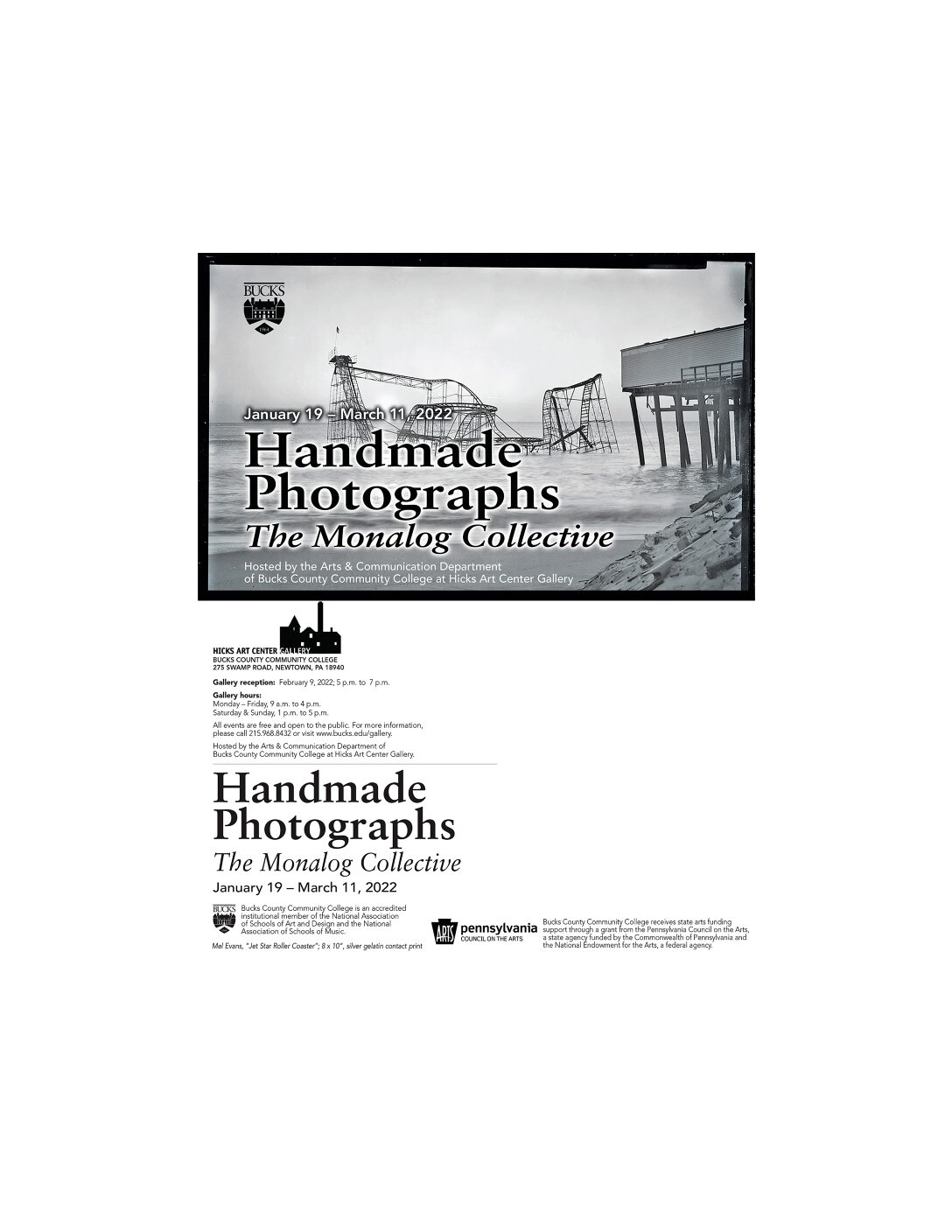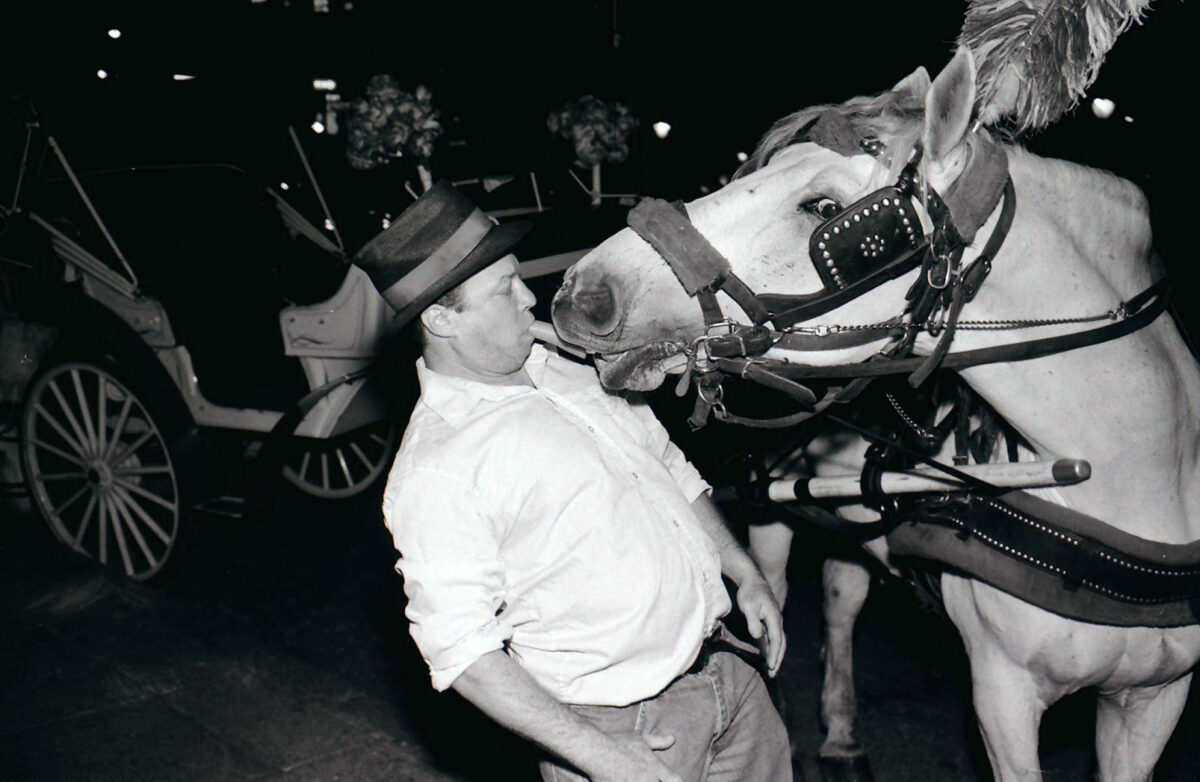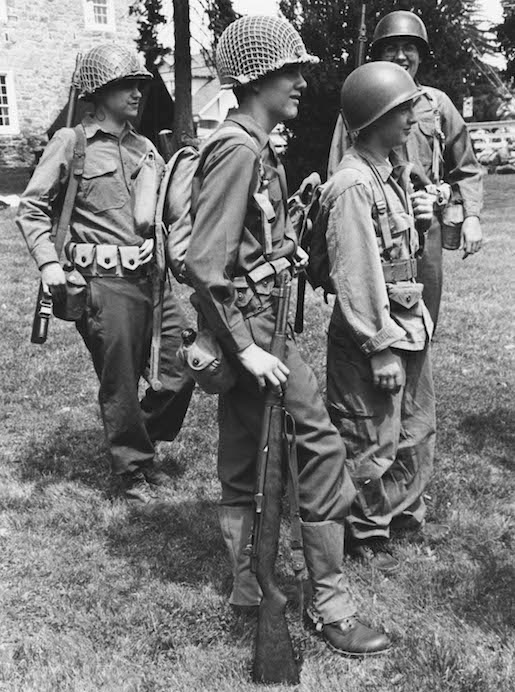We are pleased to announce that the third stop of the Monalog Collective’s® traveling roadshow is now at the Hicks Arts Center Gallery, Bucks County Community College, Newtown, Pennsylvania. The show is called Handmade Photographs: The Monalog Collective®. The BCCC has a well-known and storied photographic department, so we feel very honored to have this exhibit of our work. The Hicks Art Center Gallery is an absolutely wonderful space, and the college has done a beautiful job of putting the show together!
We hope you will join us on February 9th at 5pm for the show’s Opening! The gallery is located on the BCCC campus at 275 Swamp Road, Newtown, NJ and is open Monday through Friday, 9am – 4pm and Saturday and Sunday, 1pm – 5pm. For more immediate information visit www.bucks.edu/gallery or call (215) 968-8432.




